Someone recently gave me this box, containing 5 packs of 10g each of a tea that I’ve never heard of before. The tea is called Jibian Wulongcha, which literally means “Extreme border oolong tea”. Jibian, in this case, is a brand name, and if you look at the back of the box, you’ll find that they say the tea is made from qingxin wulong, also sometimes known as ruanzhi wulong (and misspelled as luanze, from what I can tell), but the location of production is Yunnan province of China. These are, in other words, Taiwanese tea trees transplanted in Yunnan. In fact, the little red thing next to the logo tells you it’s from Tengchong gaoshan, not too far from Gaoligongshan and other high mountains of the Southwest. Someone, probably a Taiwanese investor, has obviously got the idea of making Taiwanese oolongs in Yunnan province.
The pictures’ colours are a little off – it’s difficult to get the white balance just right. However, I can tell you that it is almost impossible to distinguish this tea from any run of the mill regular Taiwanese gaoshan oolong. Certainly the leaves are slightly less rolled than the typical Taiwanese oolong these days, but right from the get go, when you open the little pack, you can smell that distinct Taiwanese oolong scent. The tea itself also tastes slightly off – something is a little different, with a bit of a spicy finish, something you don’t normally find in a Taiwanese tea. However, if I wasn’t warned that this tea is not from Taiwan, there’s basically no way I would have guessed that this is tea from Yunnan. It’s not bad, it’s just different.
There has been a lot of talk in recent years about how there are farms in Vietnam, for example, that were started by Taiwanese merchants selling these teas back to Taiwan as gaoshancha. They can be quite authentic tasting, at least initially, and only reveal their true colours upon closer inspection. There’s also Zealong, which is the same thing, basically, but in New Zealand, with a really clean finish and a fairly bright taste, although at a hefty price. What this tea here does is the same, except they’re making it to probably sell to the Mainland China market.
One of the things this tea shows though is that much of what you drink and taste, in terms of scent, mouthfeel, etc, are very easily manipulated and that people who know what they’re doing, with the right technology and skills, can easily replicate a tea that you think is unique to one region. While there are subtle differences that can be distinguished if you pay close attention, if this tea were sold without packaging, in loose form, in a store in Taiwan, I’d be hard pressed to say I can tell that it is not from Taiwan.
This is why it is almost futile to try to identify teas based mostly on scent and taste. So much of it can be fudged that there is actually very little that one can rely on with any type of precision. It is true that it is possible, for example, to try to use those factors to help identify whether or not a tea is from a certain area or not, but when something comes out of left field, such as Yunnan tea trying to imitate Taiwan tea, it is actually quite difficult to tell what it is, and all kinds of clues can lead you astray. When people use teas from other areas to imitate Yiwu, for example, they are also imitating the processing techniques prevalent in the Yiwu region that give the tea there its taste and scent. The same can be said of other locales, and in this day and age, there isn’t a lot that is secret in terms of tea processing techniques, unless it’s a new invention that hasn’t been widely disseminated yet.
Just because a tea is from the right area doesn’t mean it’s going to be better either. There are plenty of terrible Taiwanese oolongs out there, and many good ones too. This Tengchong area tea might still need some work, but Zealong, for example, can beat many Taiwanese oolongs out there, although not necessarily at that price. The point is, it is much more important to chase after good teas than it is to chase after good regions – the former is tangible, real, and get to the point. The latter is just a label. As we all know, never judge a book by its cover.

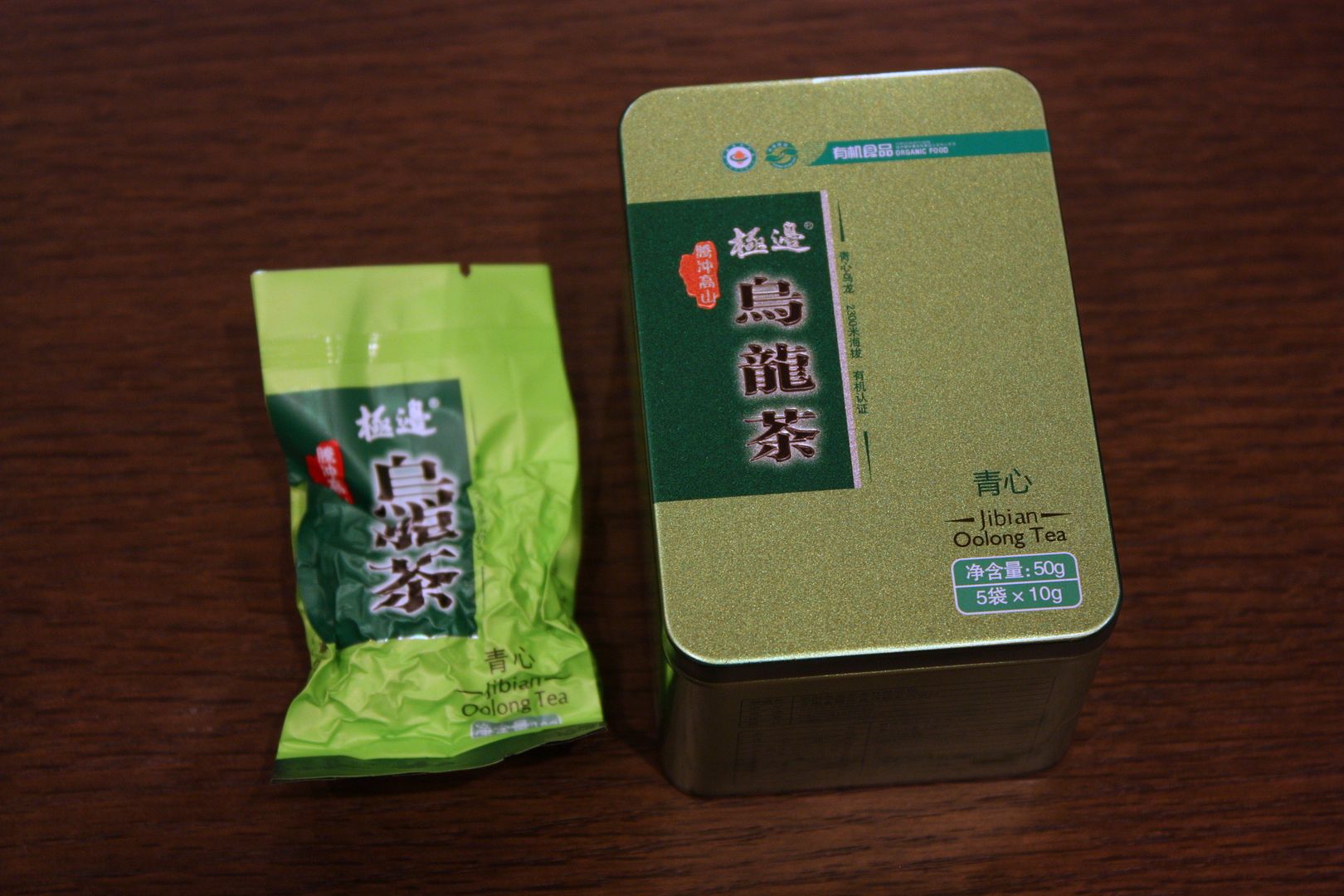
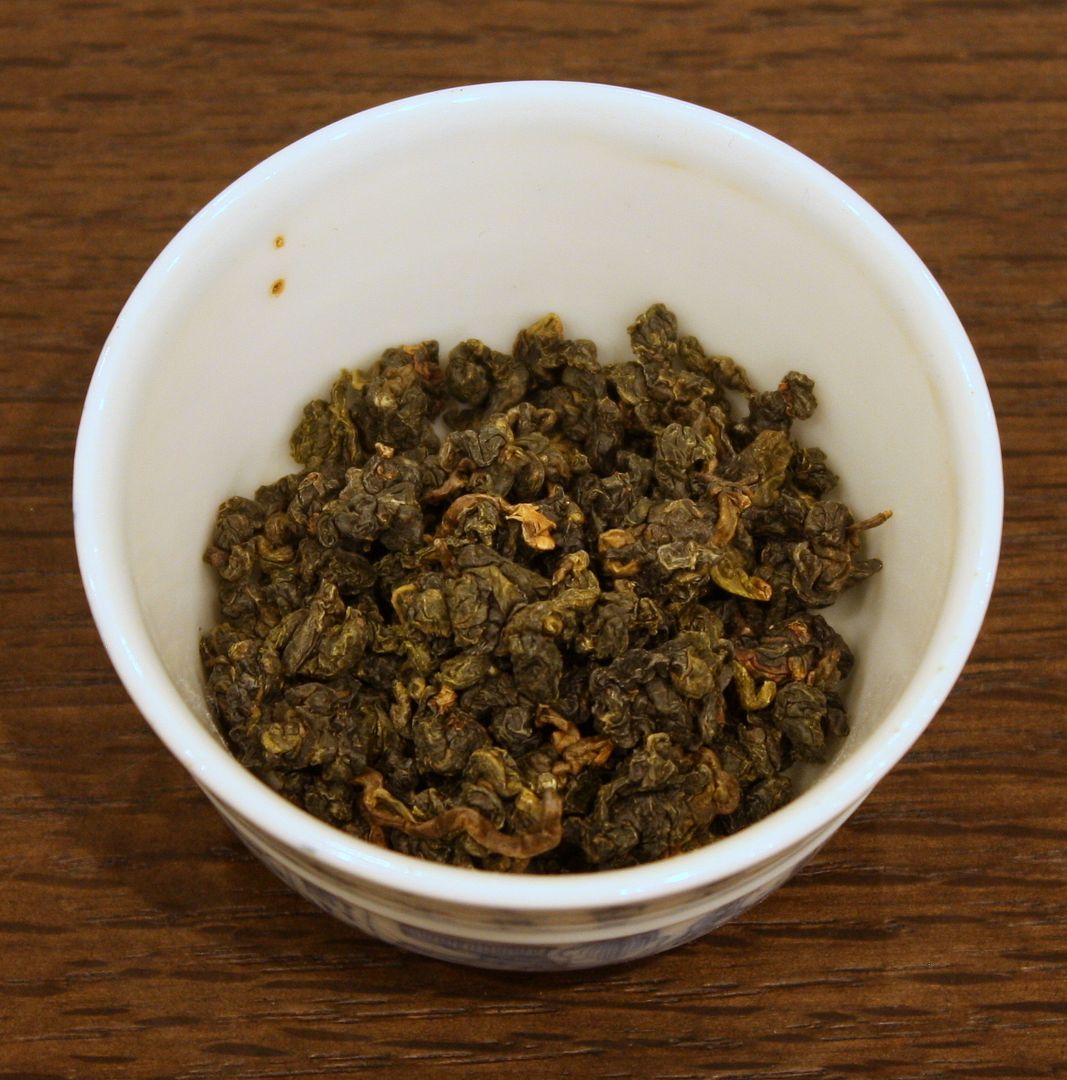
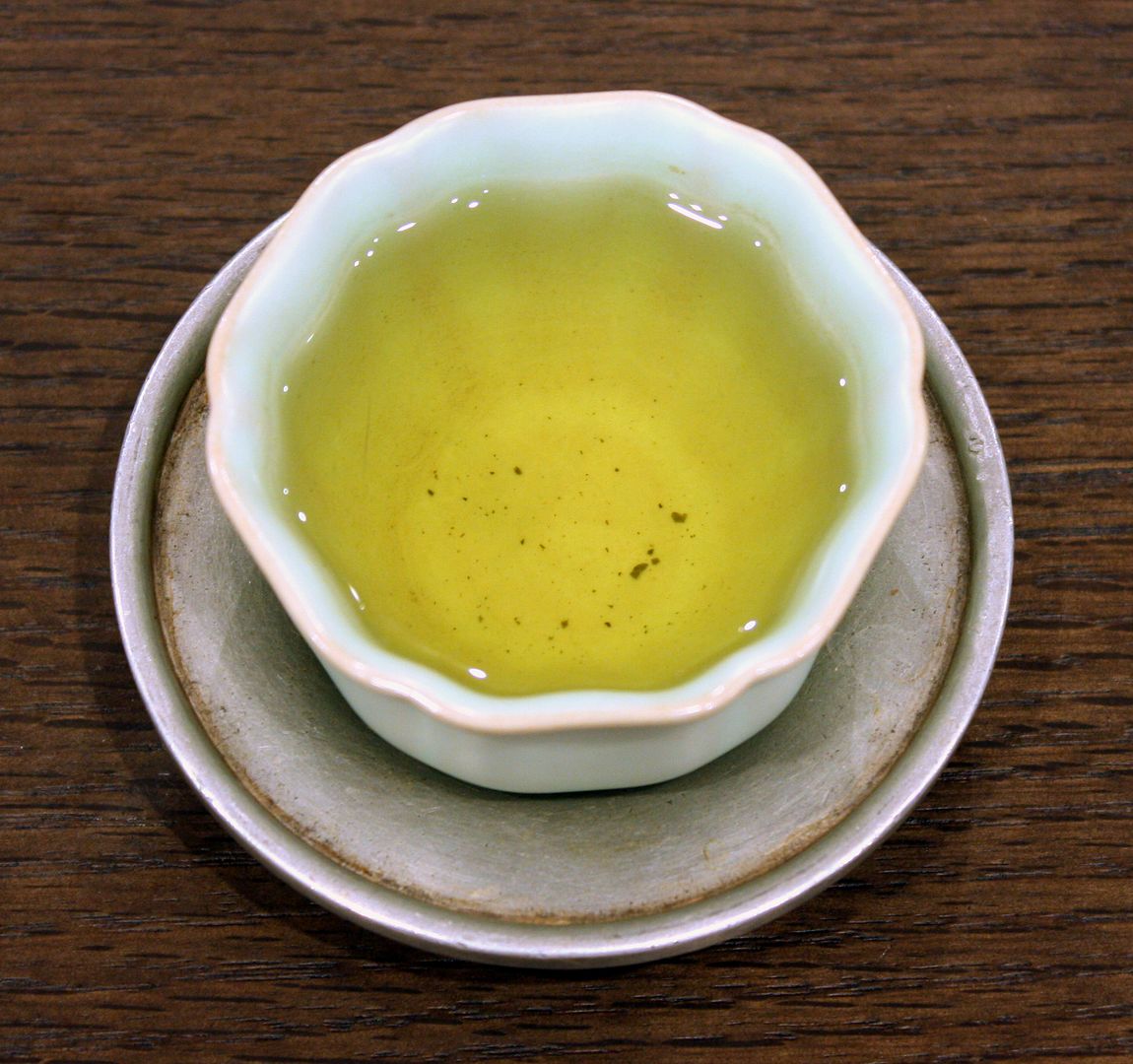
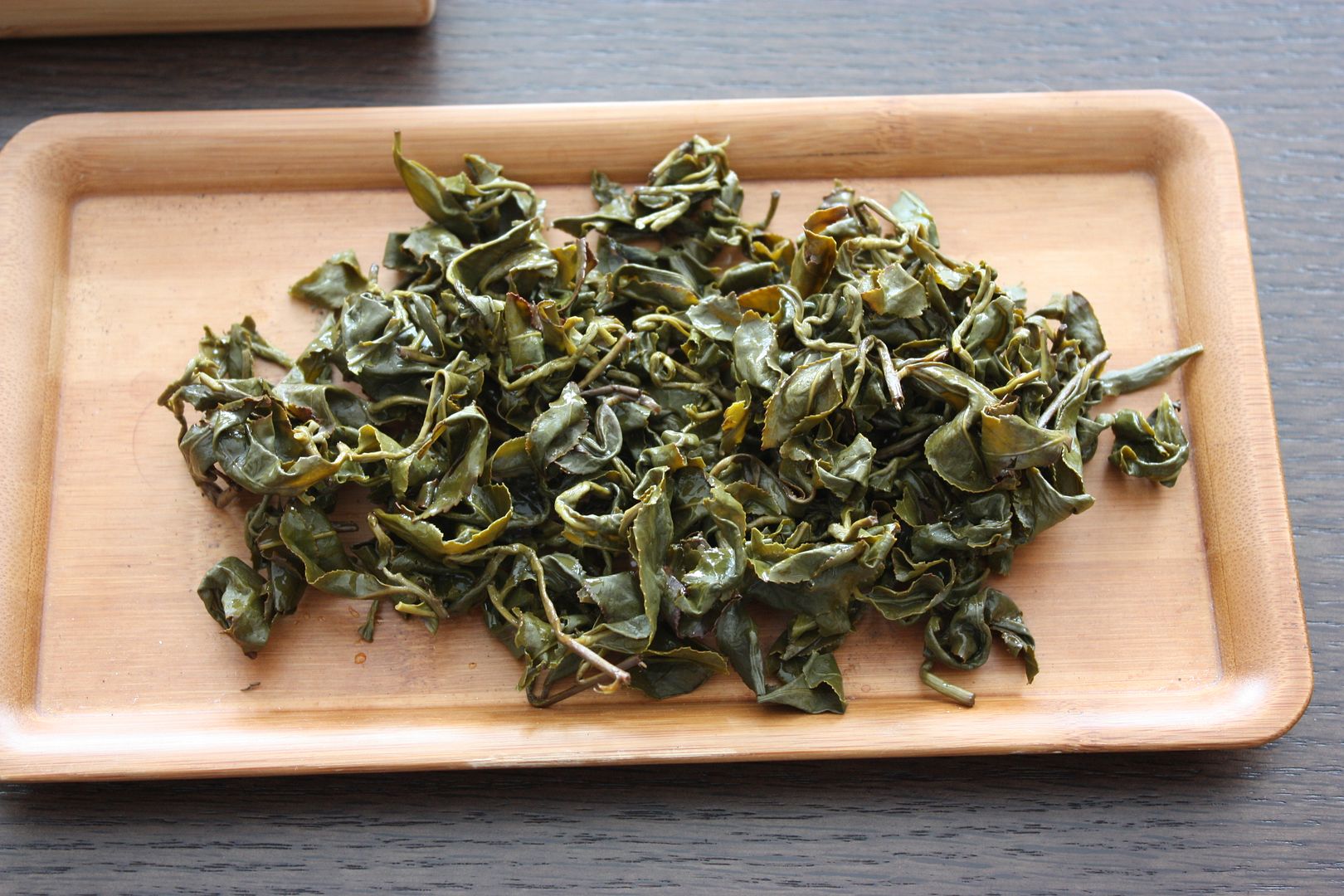
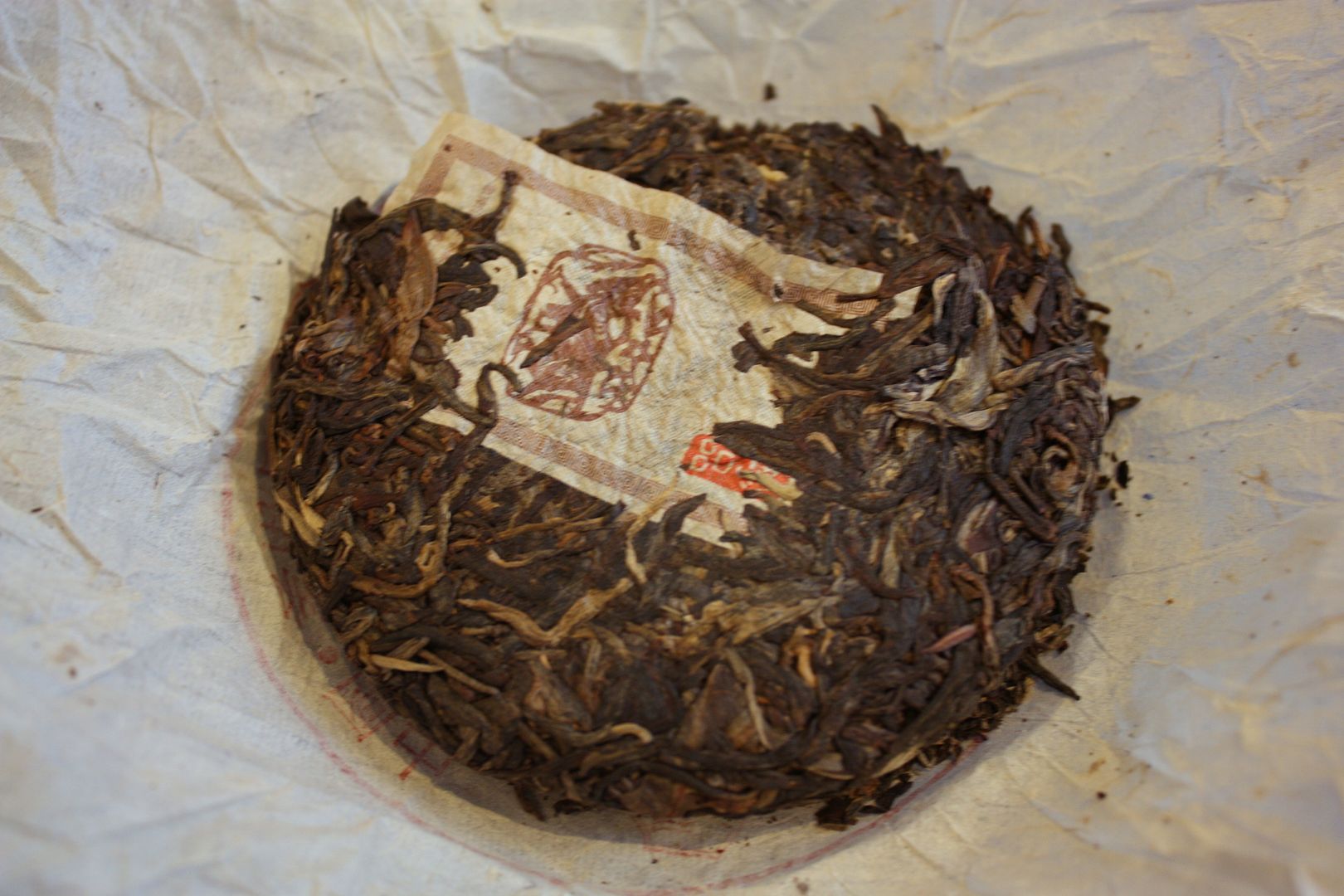
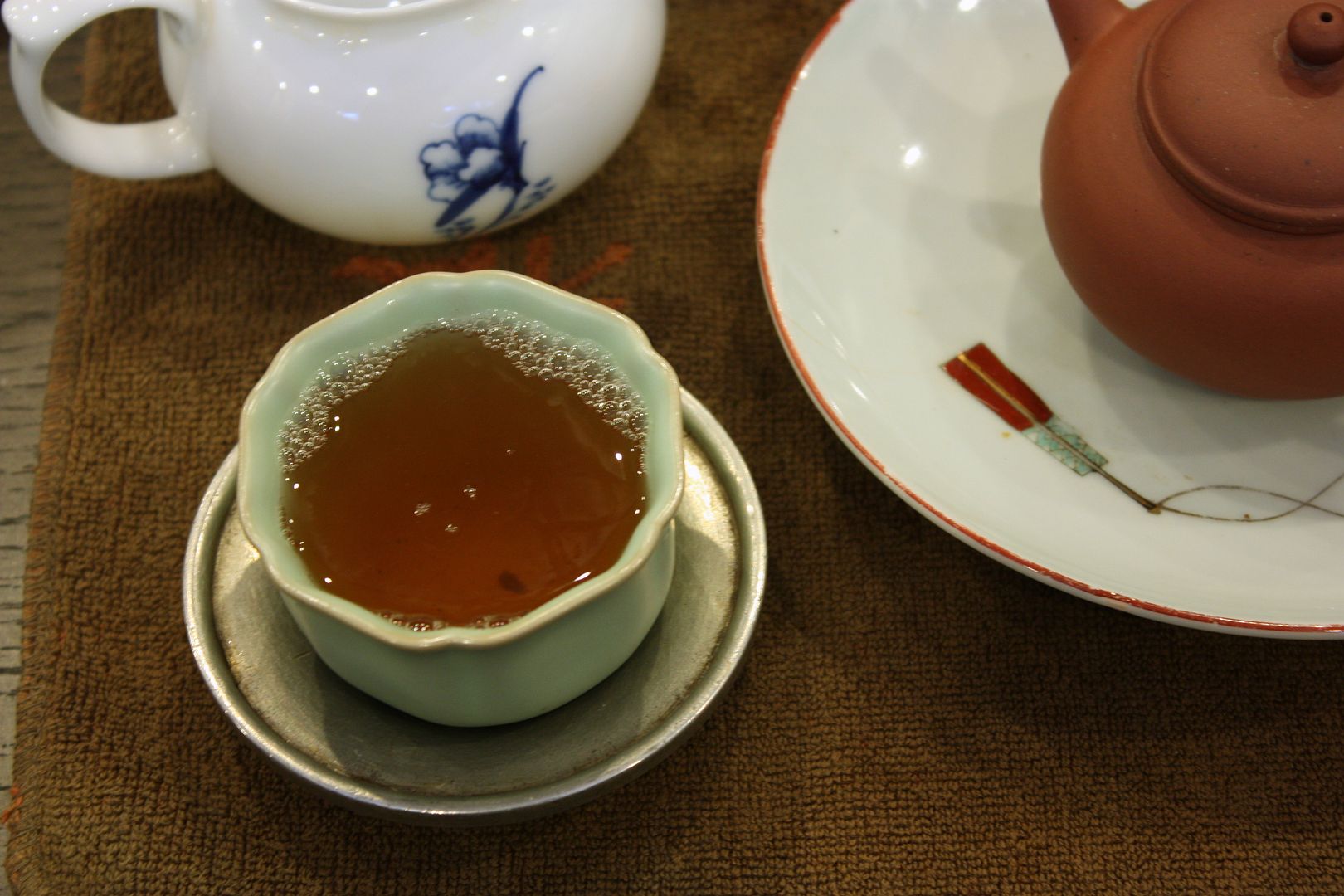
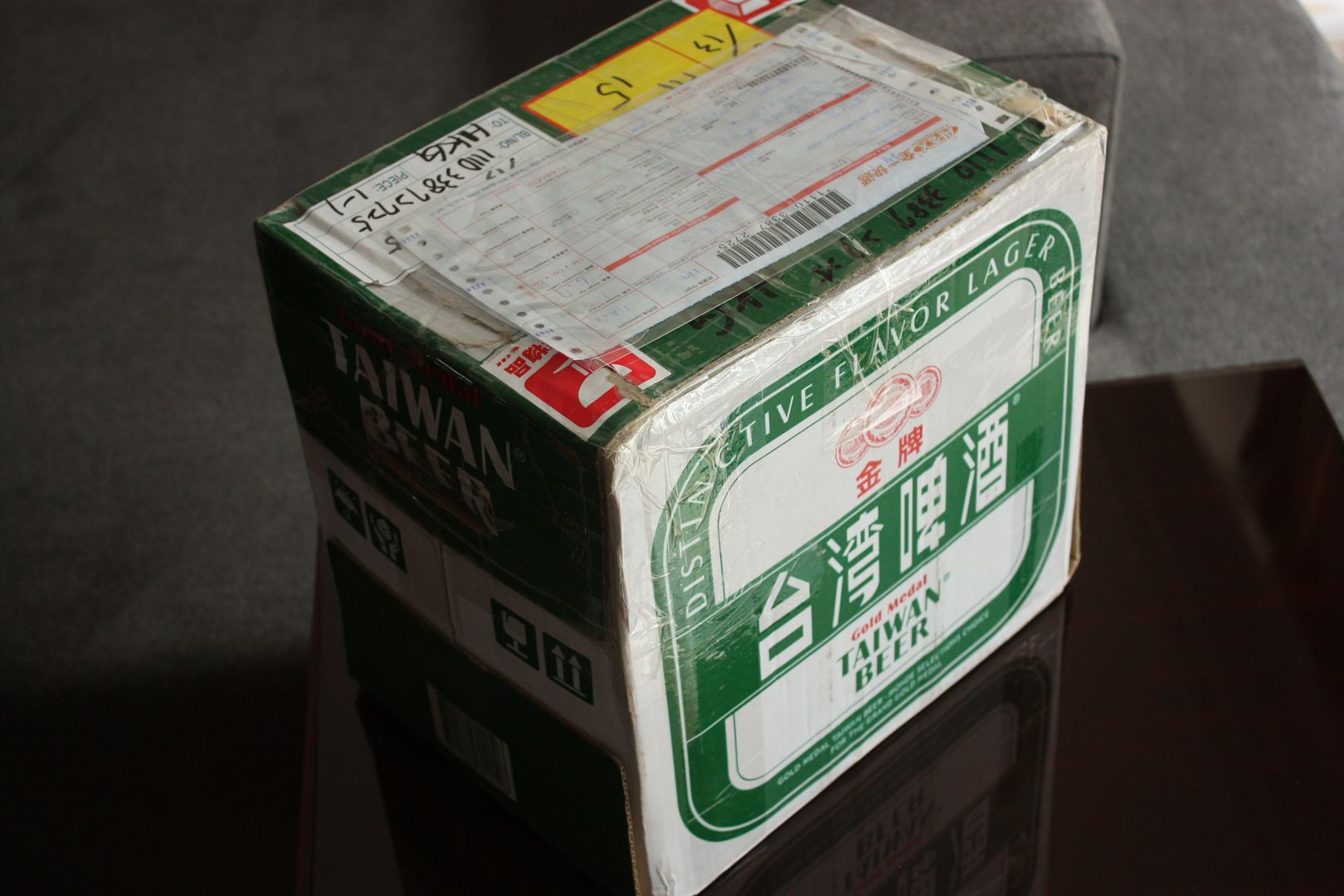
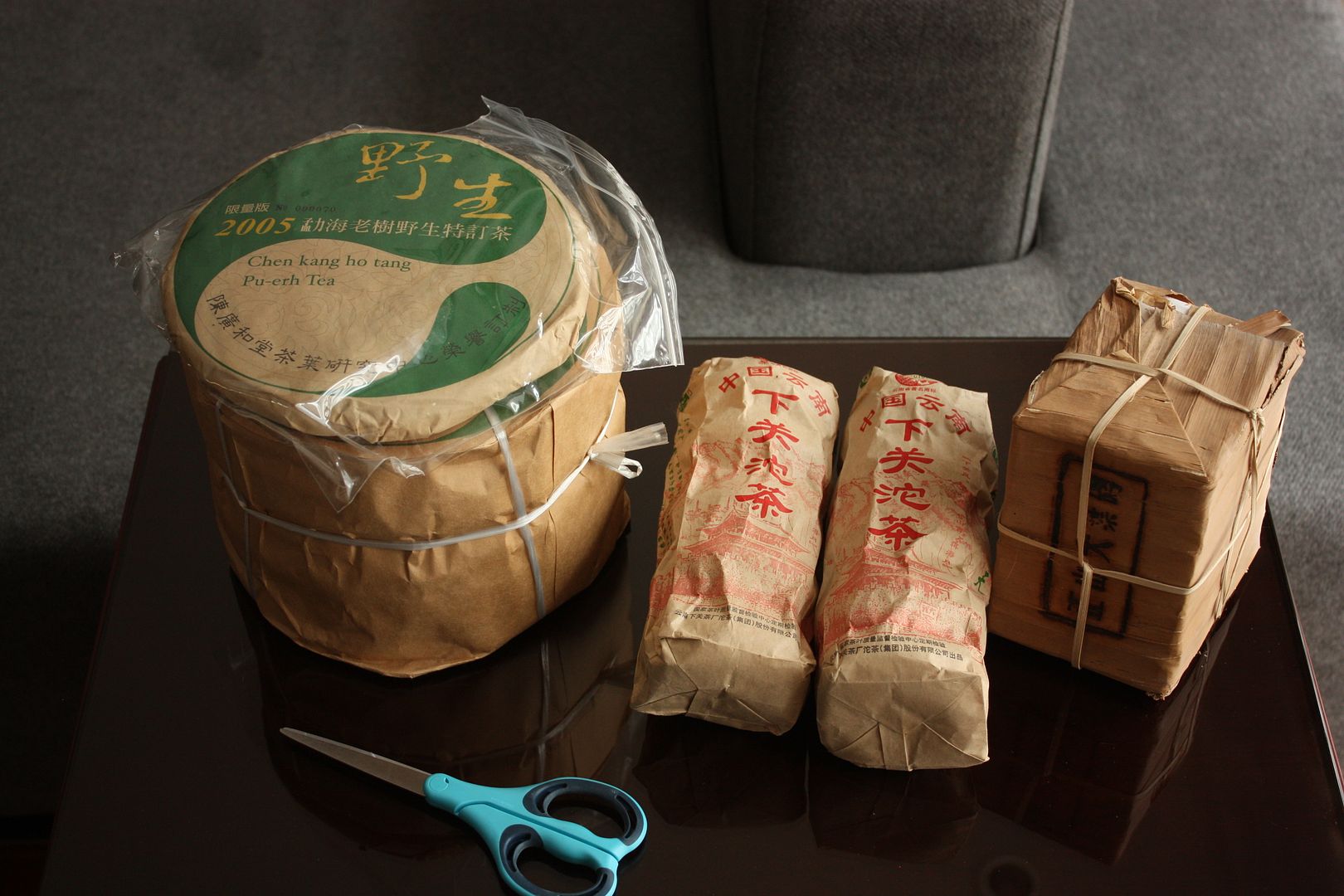
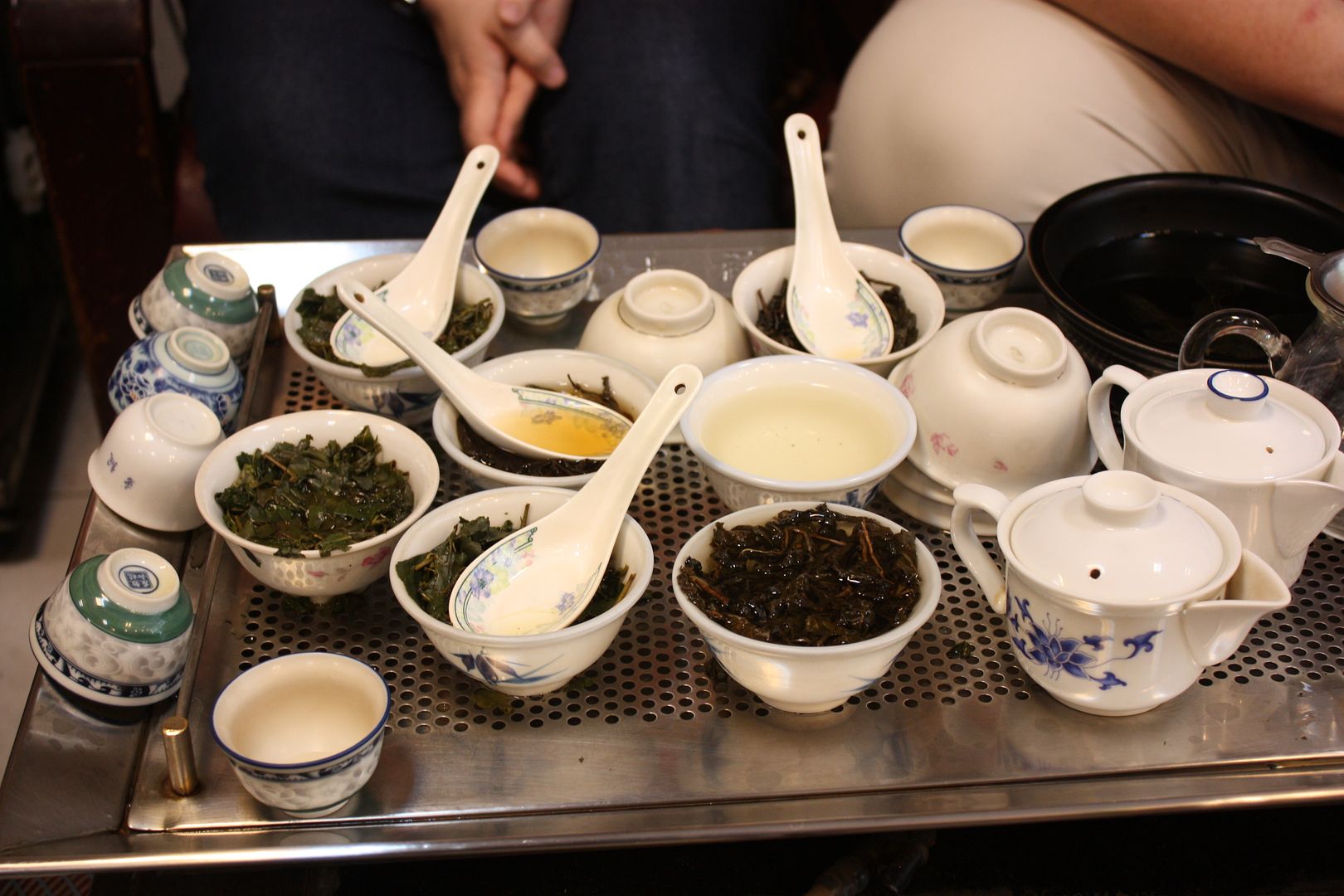
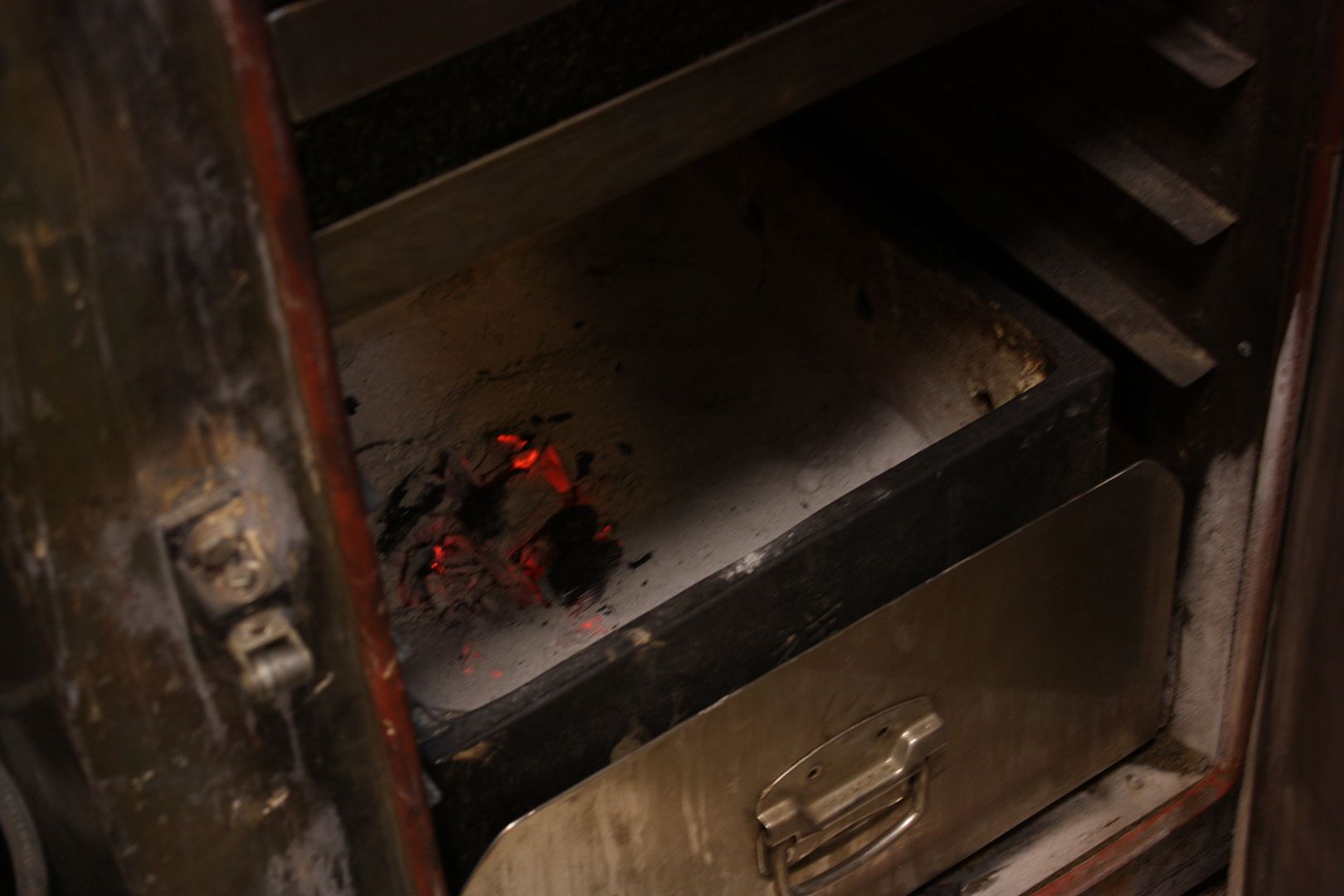
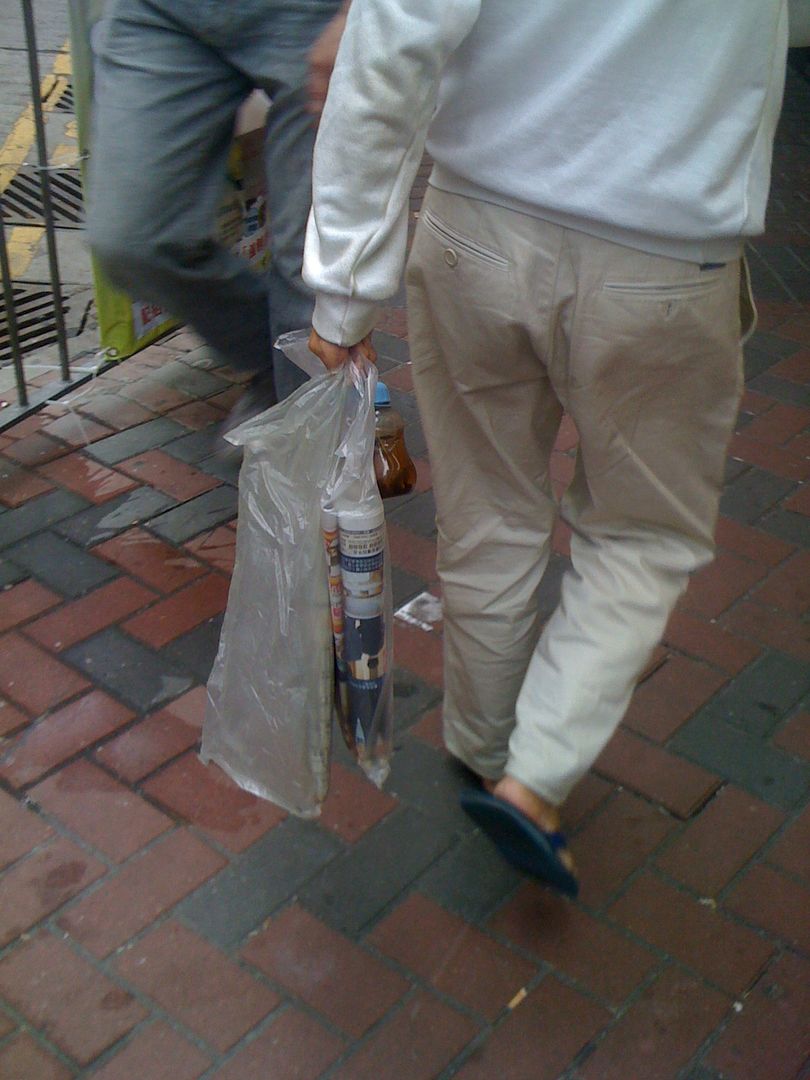
 RSS - Posts
RSS - Posts
I took you at your suggestion and have been reading some of your old post-Covid posts. I haven’t been to…